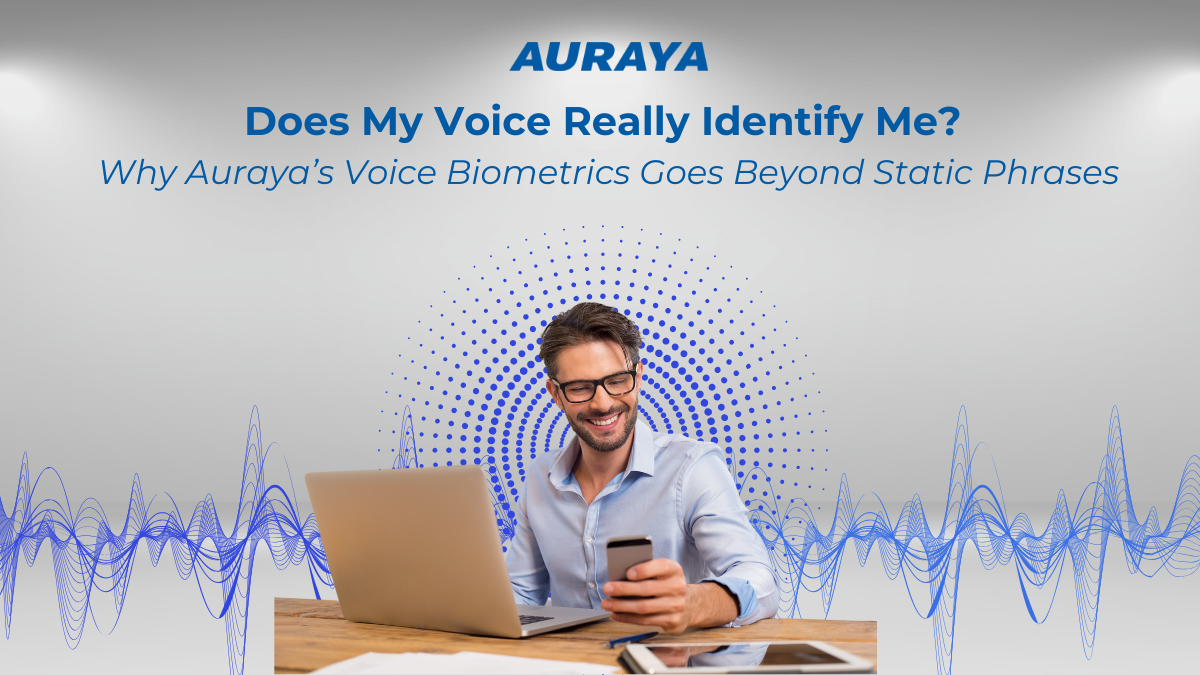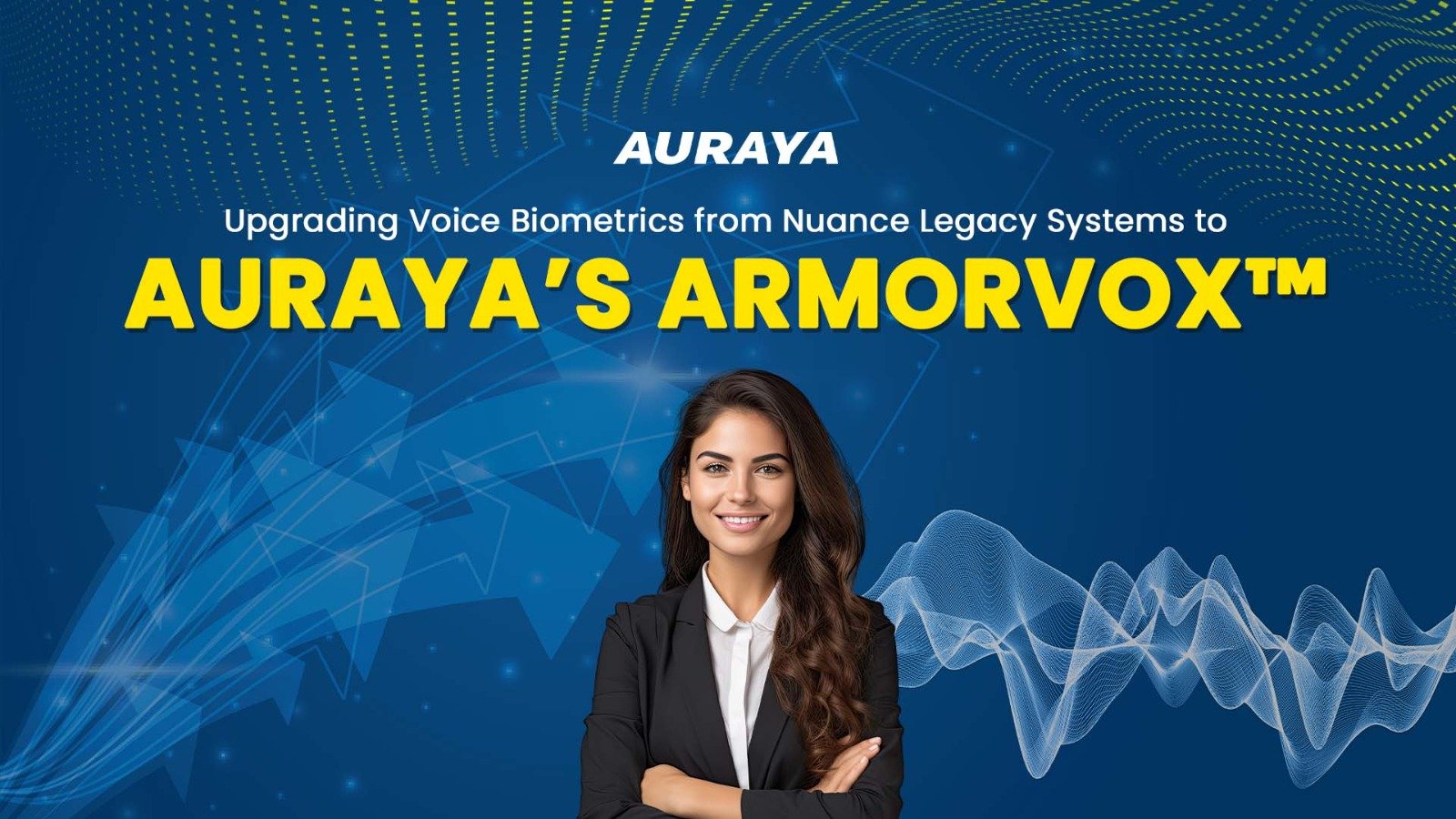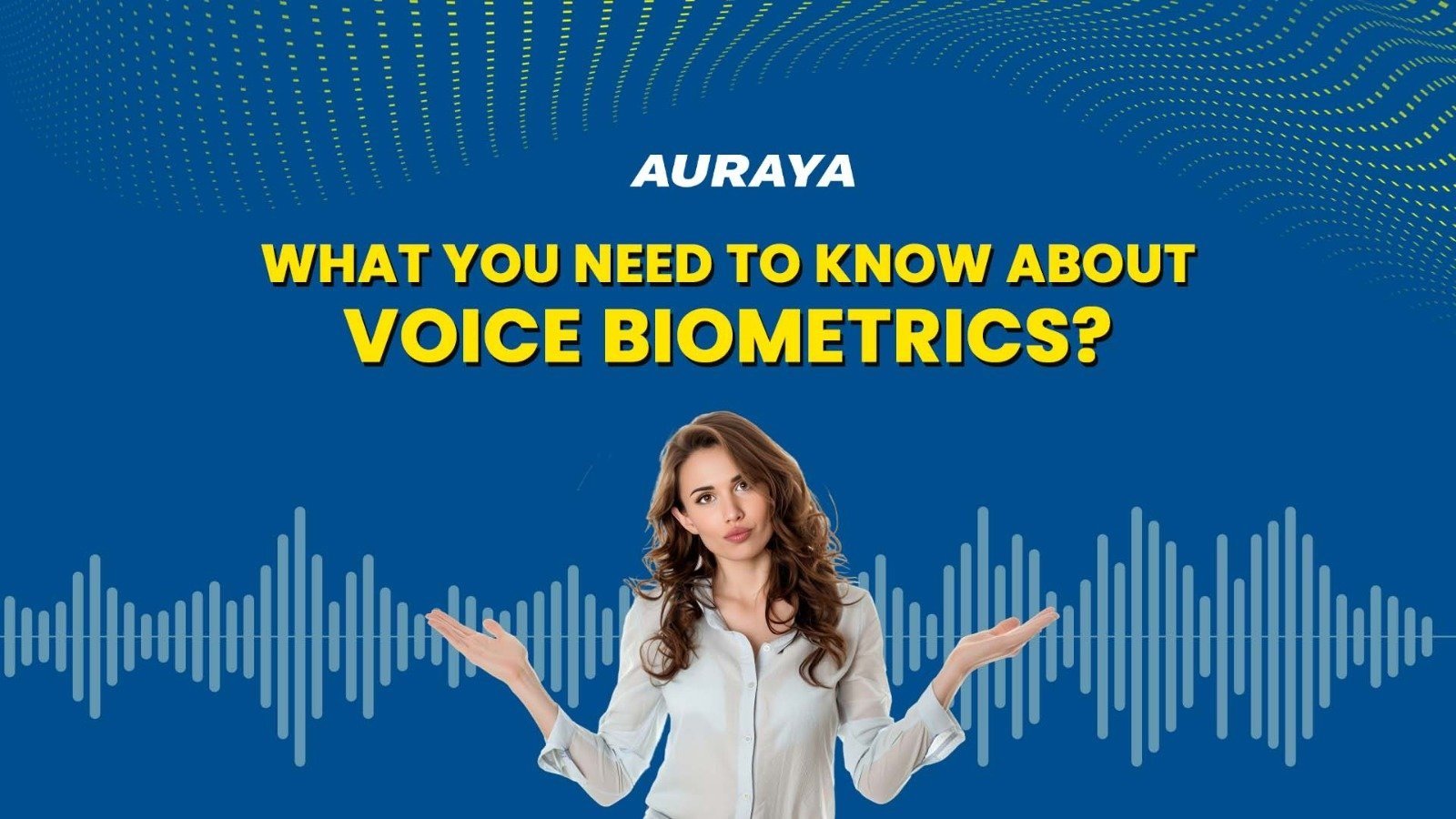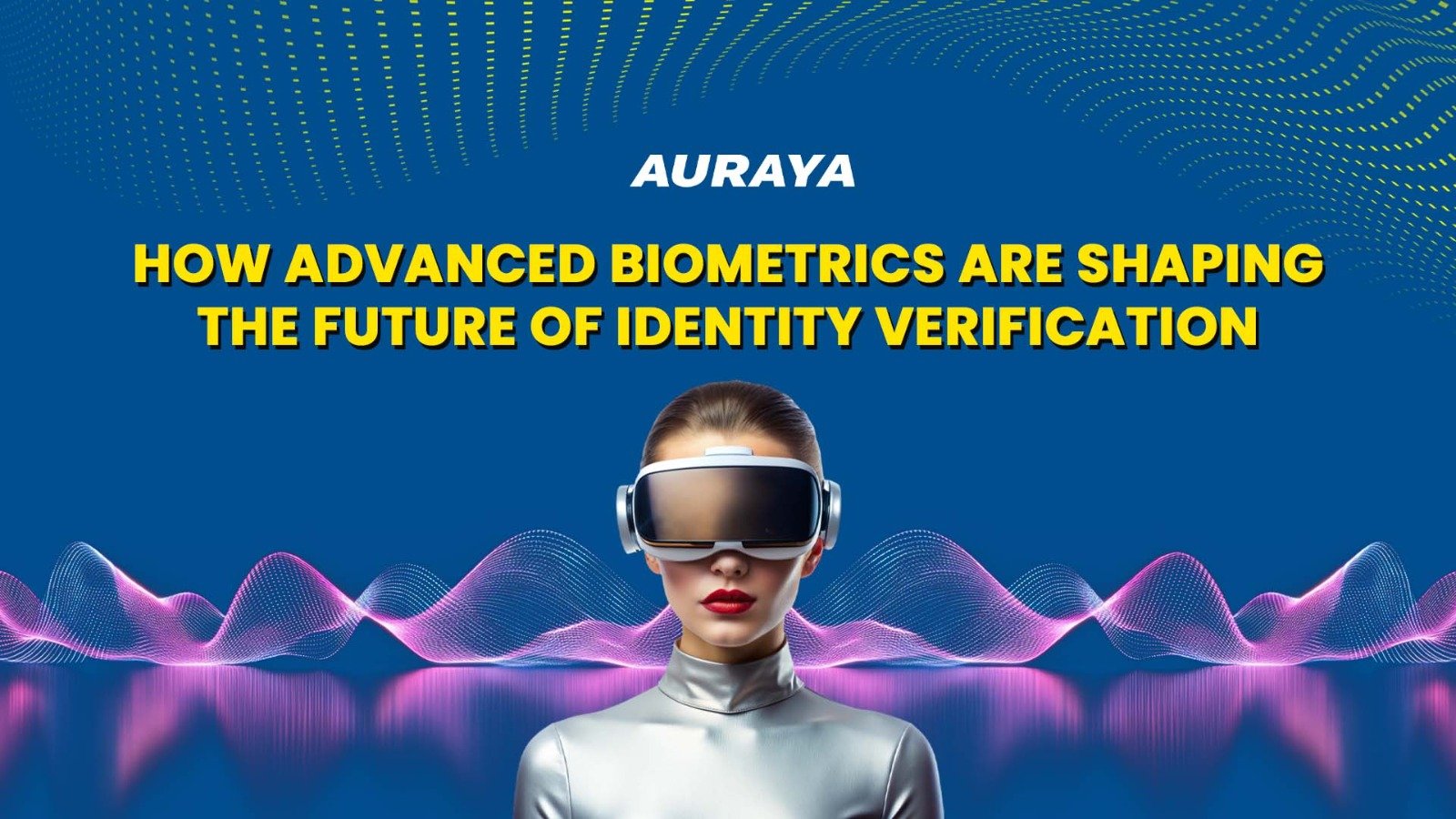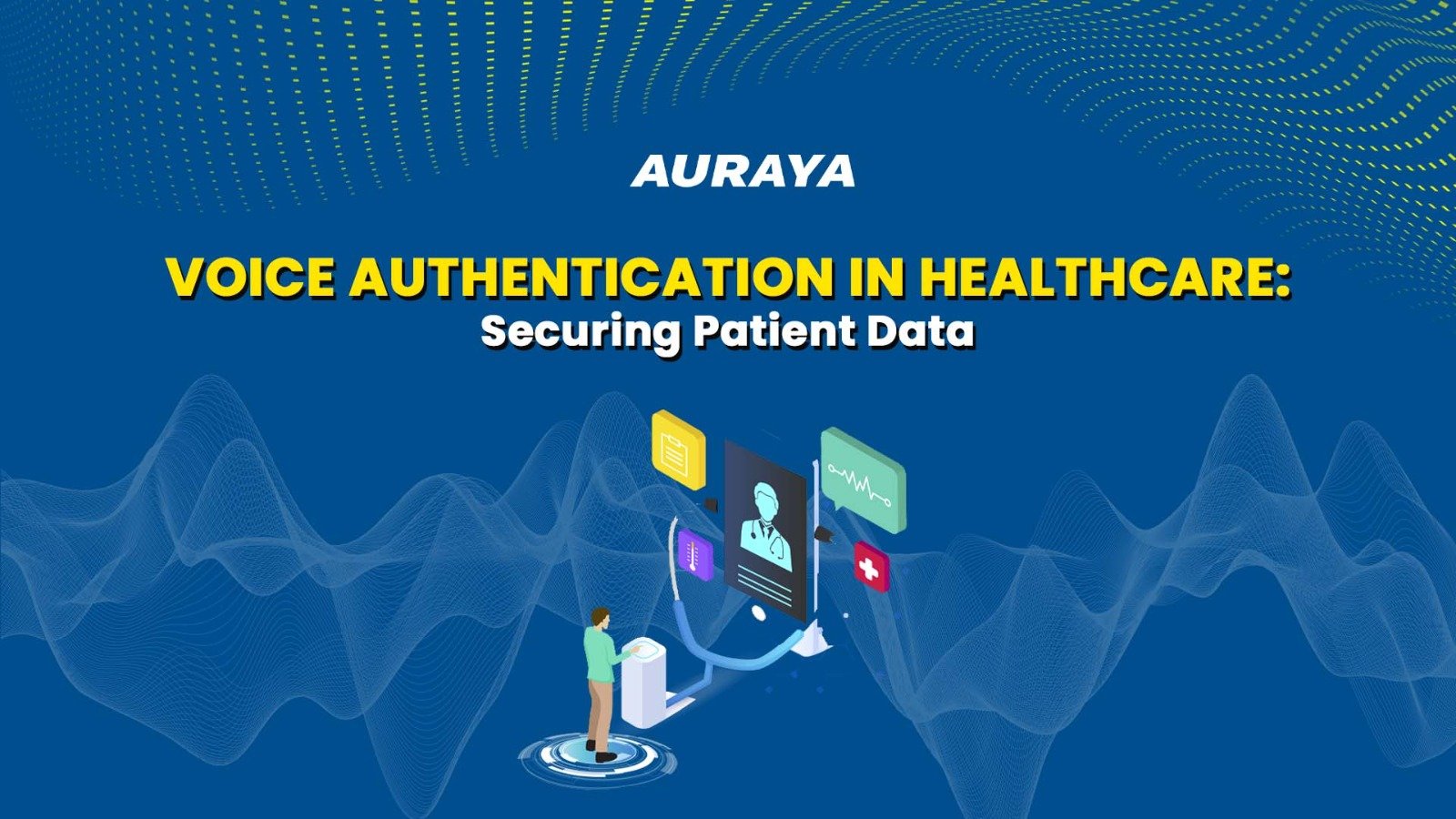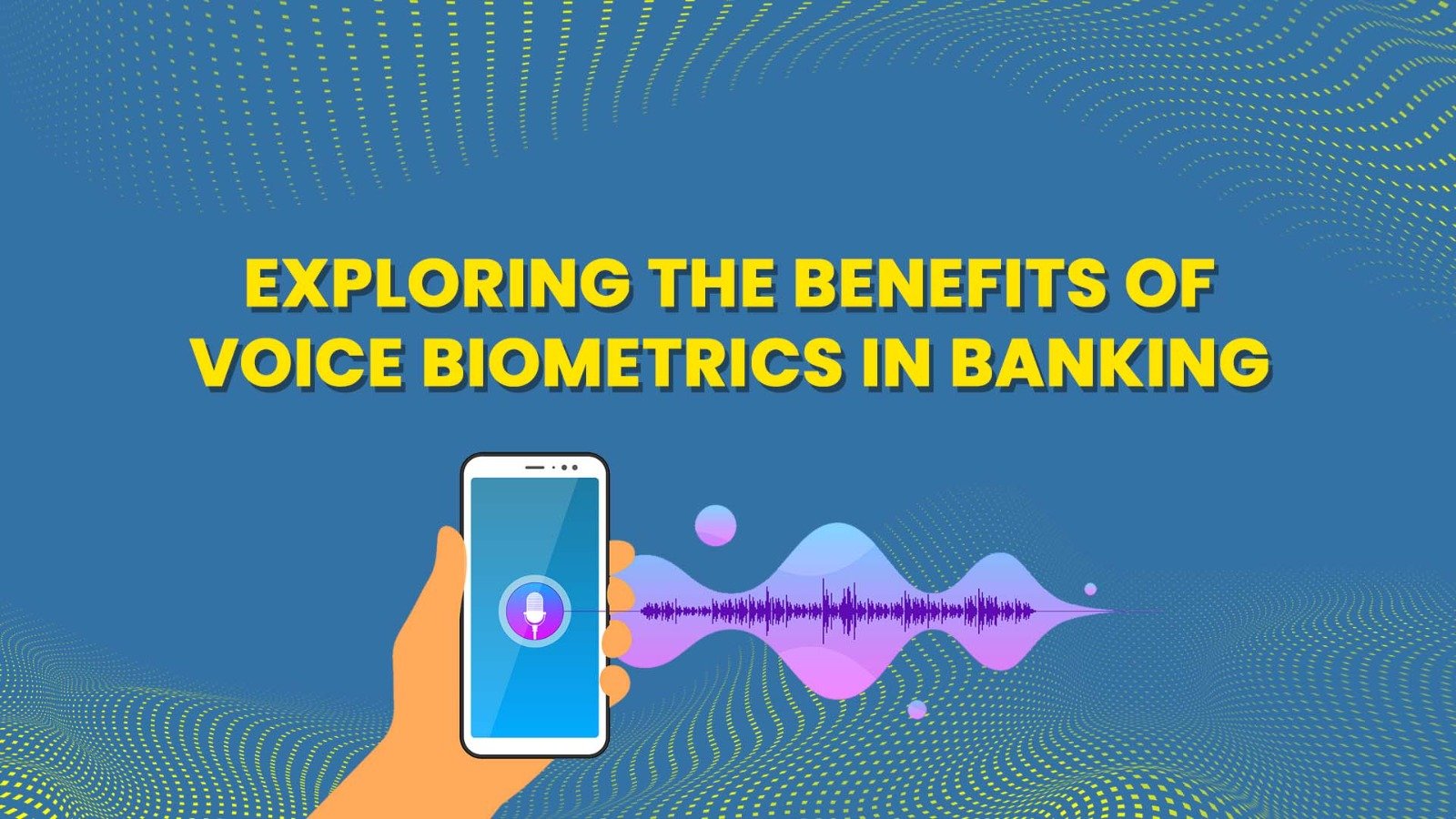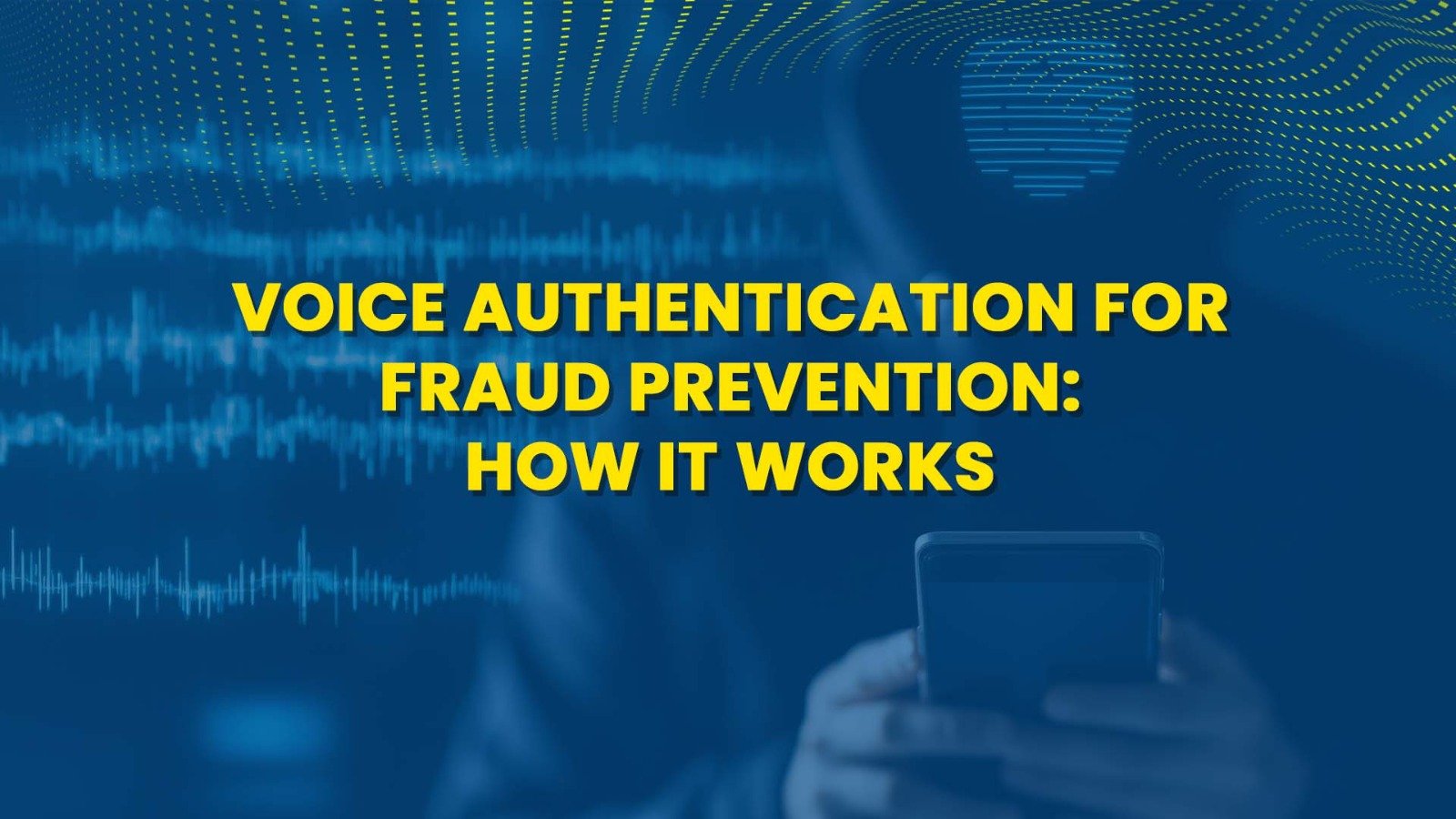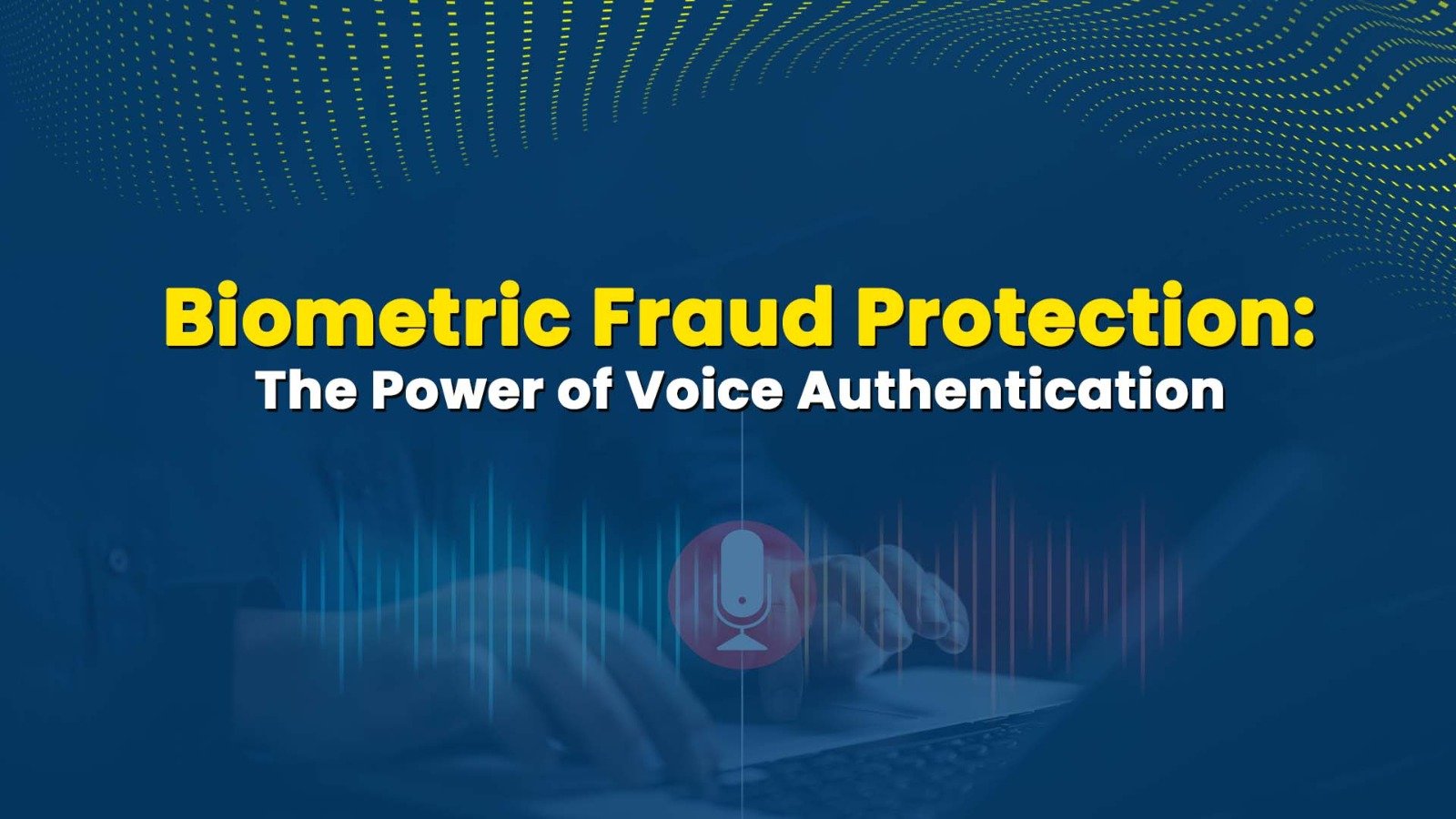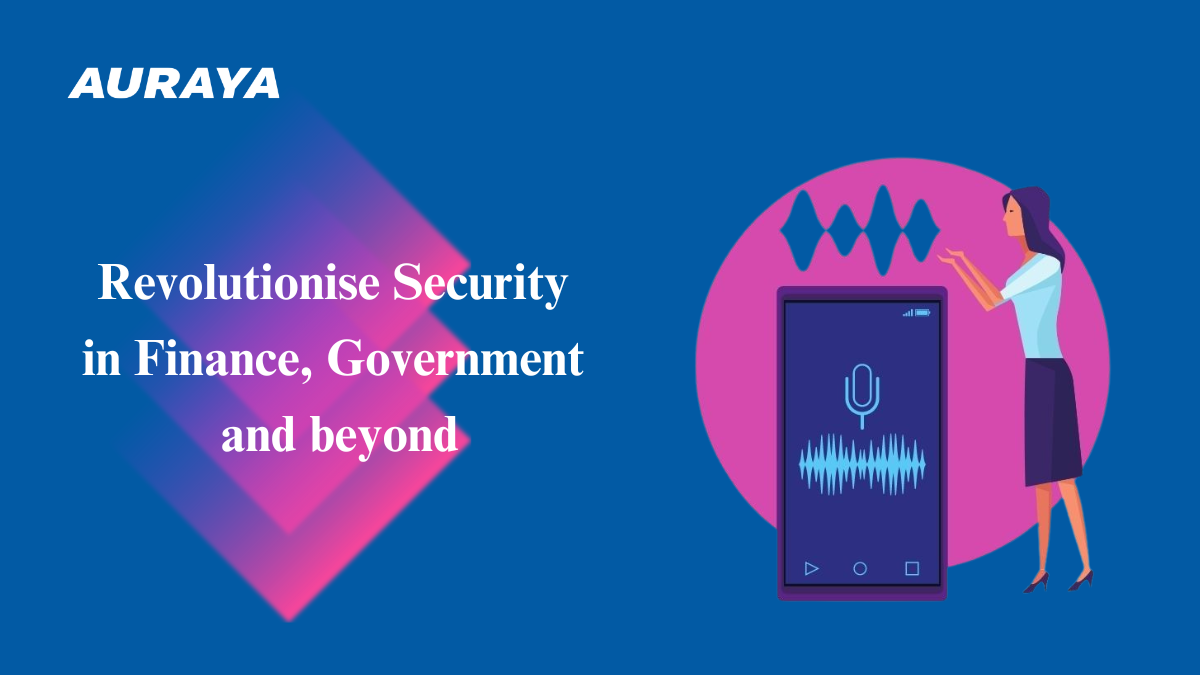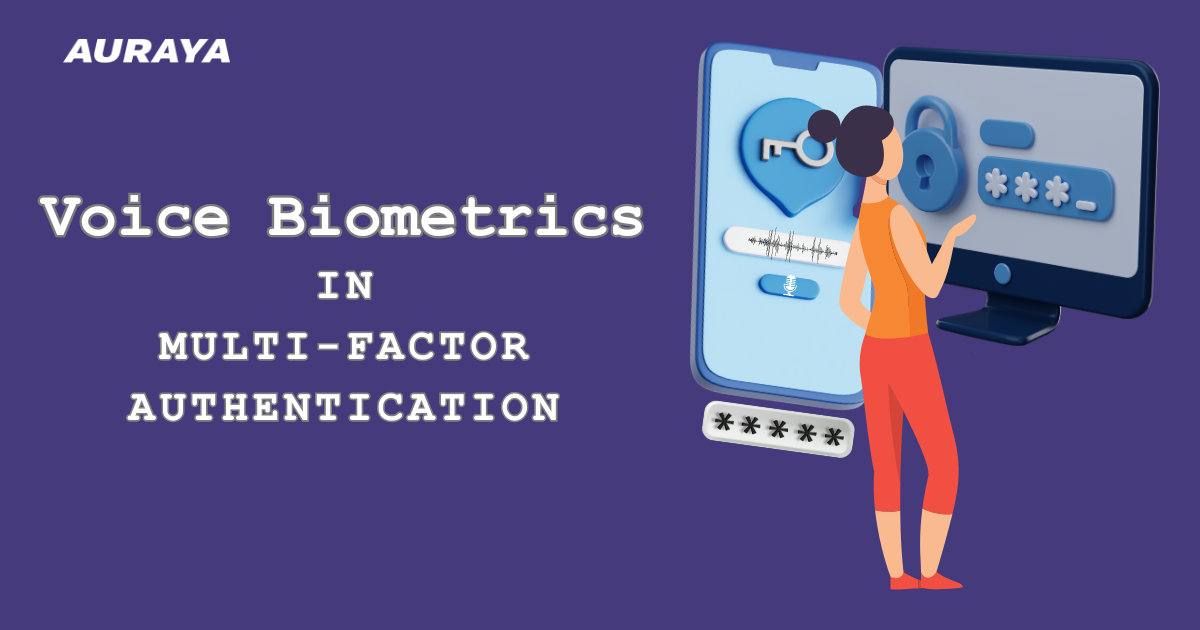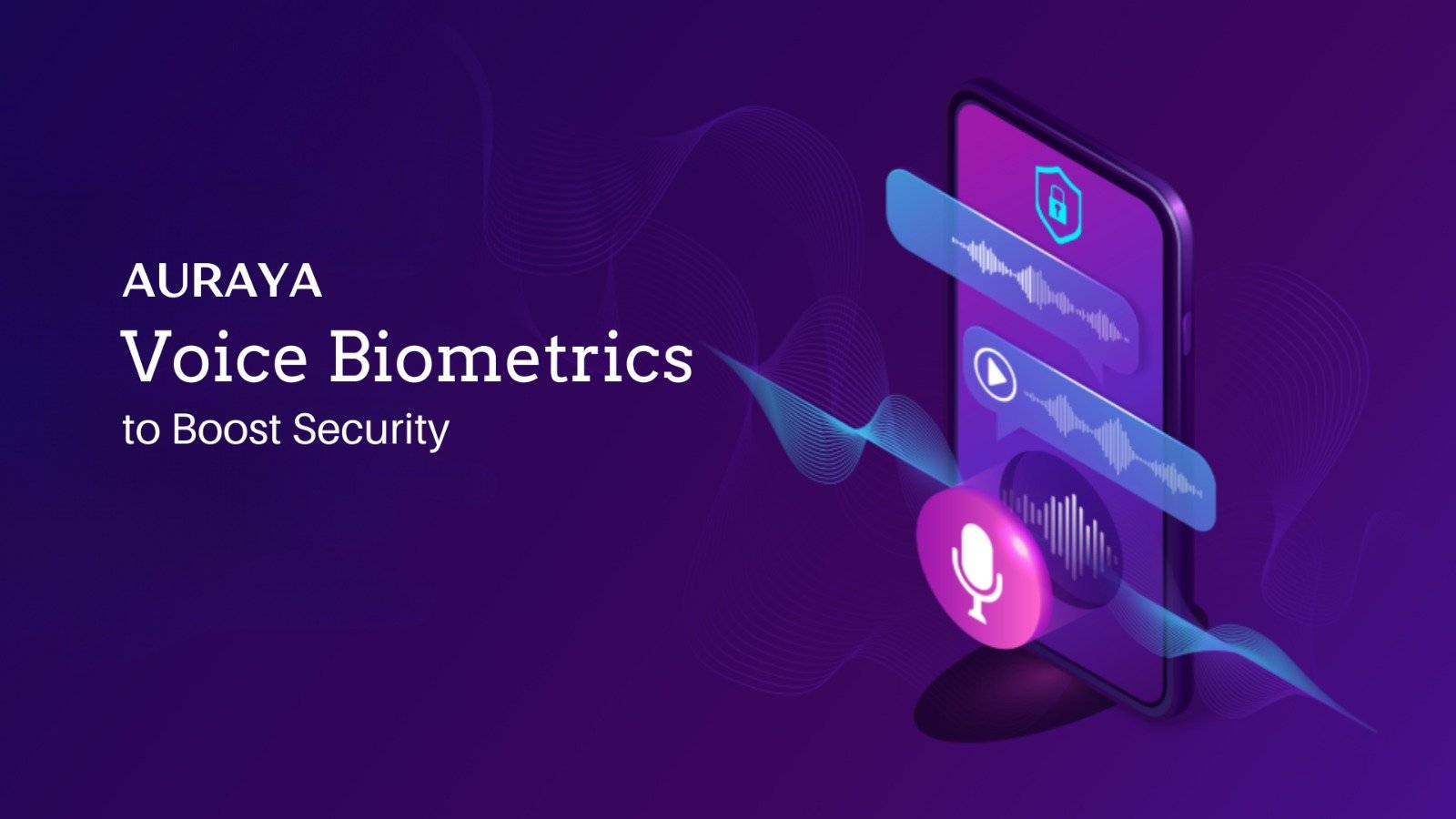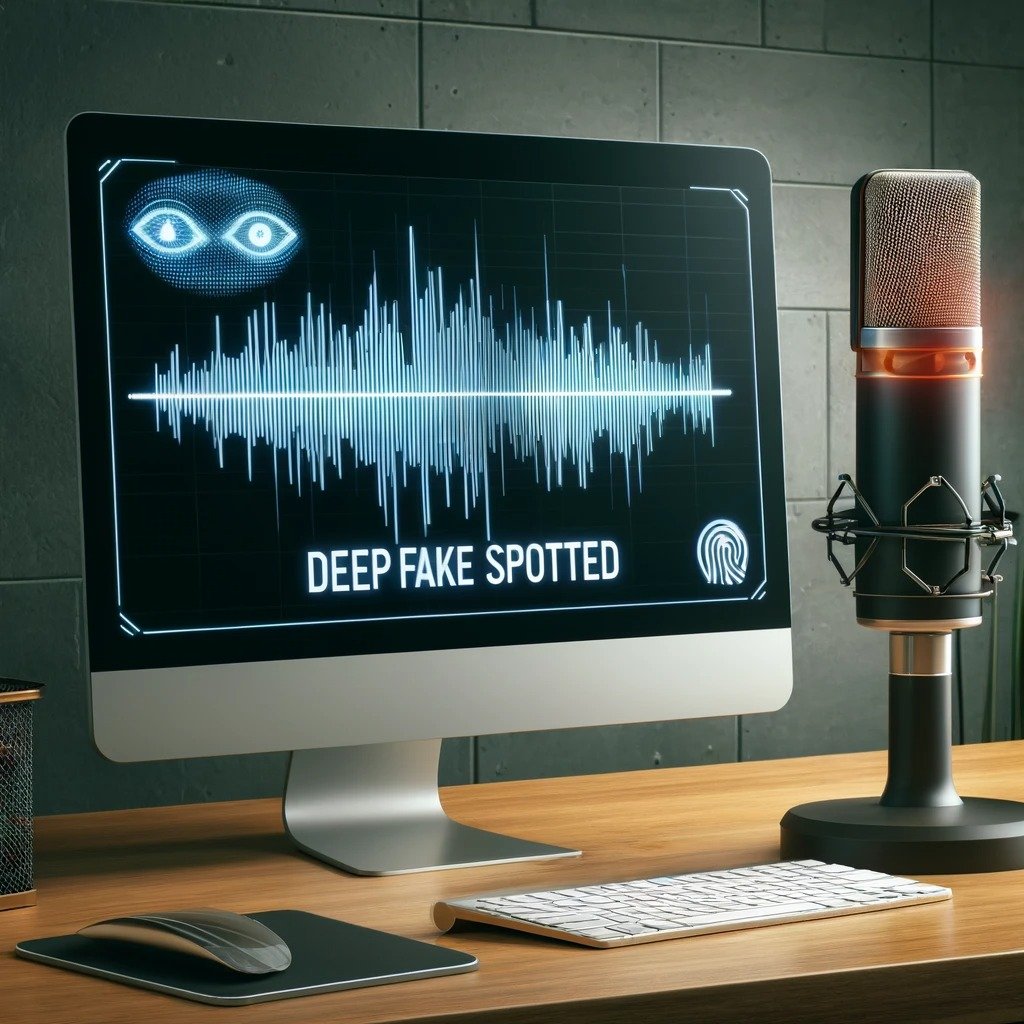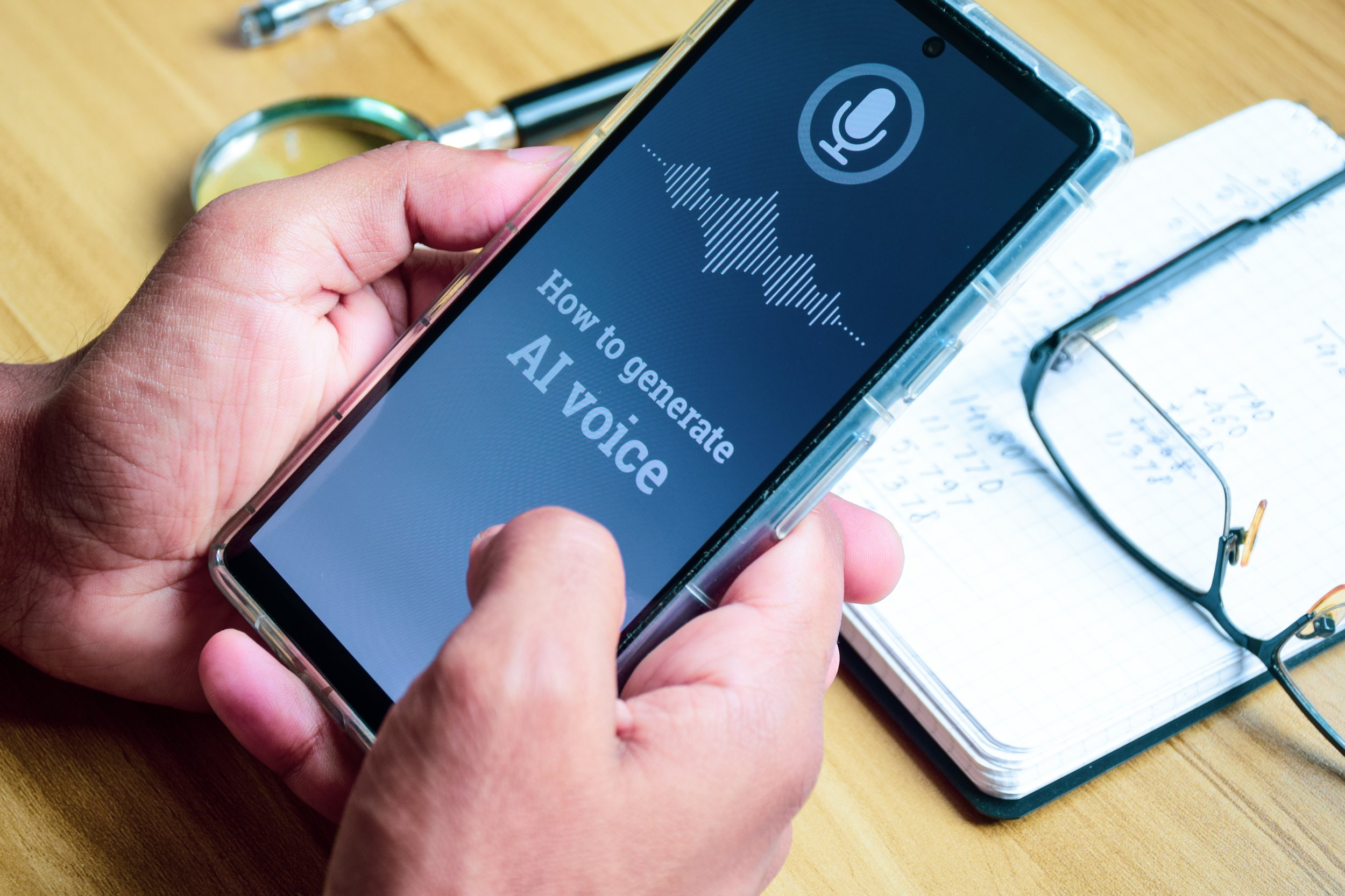Integrating Voice Biometrics in the Healthcare Industry
Over recent years, the healthcare industry has been moving away from traditional paper-based medical records and resources towards a more electronic-based system of record. Electronic health records (EHR) means that health professionals and patients have 24/7 access to accurate and updated information. Health professionals can seamlessly bring up medical records and make quicker and more precise assessments while patients can access their collective medical records all in one place at any time.
Exposed to Threats
However, amidst all these benefits lie some concerns. Medical records are private and require authorized personnel access. Gaining access often involves traditional and laborious methods such as obtaining SMS tokens and one-time pins, forcing the user to juggle between devices or between apps. Additionally, by digitalising sensitive and private medical records, patients become vulnerable to cybersecurity threats. There are many ways cybercriminals can breach healthcare data. For example, criminals who have access to the patient’s devices or know the patient’s security answers can easily access their accounts. Further, compromised passwords can leave patients’ accounts and their medical records vulnerable.
Voice Biometrics
Fortunately, with voice biometrics, healthcare organizations can protect both their medical staff and patients. Unlike fingerprint and facial recognition, voice biometrics can be used on any device with a microphone such as a tablet, PC, or a medical device like an x-ray machine. To gain access to records and other resources, users simply need to use their voice to verify their identity. With Auraya’s EVA voice biometrics technology, healthcare organizations can implement voice biometrics in any channel, whether it’s telephony or digital channels. Through machine learning algorithms and various patented features, EVA can continually improve users’ voiceprints to ensure accurate and secure verification performance over time. With real-time fraud detection and prevention, EVA can flag and deflect any unauthorized access. Organizations can build impostor lists to track and block fraudsters. Any fraudster aiming to break through using synthetic voices, whether it’s been recorded, mimicked or generated, will also be detected and blocked.
Use Cases
Voice biometrics can be integrated in various use cases in the healthcare industry. Voice biometrics can be used to log into online portals where medical records are stored ensuring delightful customer experience and enhanced security. Voice biometrics can also be used in online password reset services to ensure efficient and secure password resets, saving medical staff and patients precious time. Another valuable use case is the identification and verification of patients during customer interactions in call centers. If enrolled, call center agents can easily identify or verify callers with voice biometrics. This allows agents to quickly provide a service or access required information regarding the caller, saving precious time – especially in an event of an emergency. Other simple implementations could involve implementing voice biometrics into digital kiosks, allowing customers to be identified when obtaining a service through a voice-assistant enabled kiosk.



